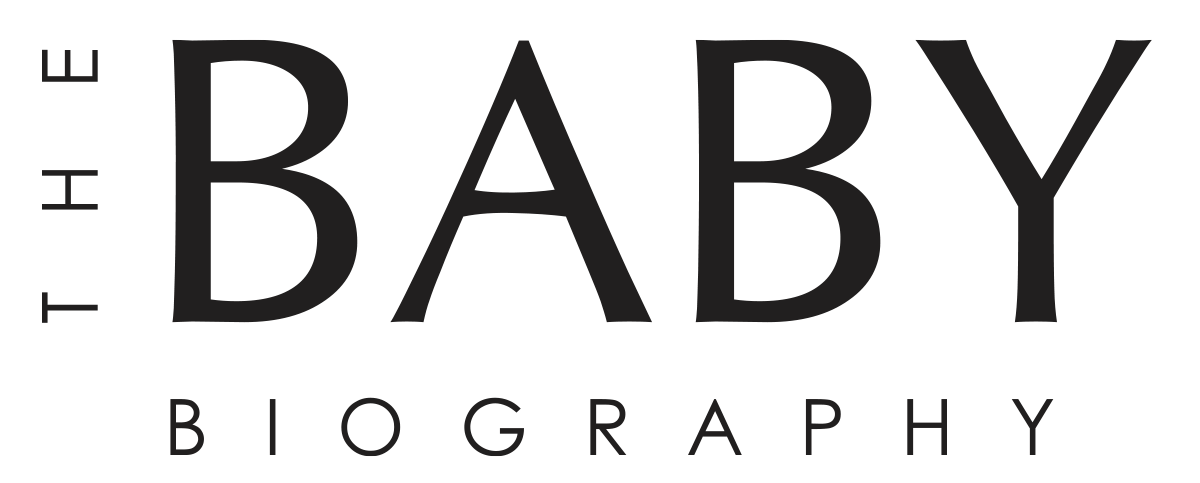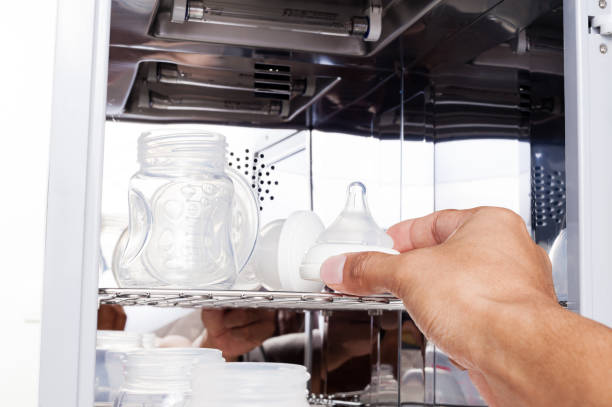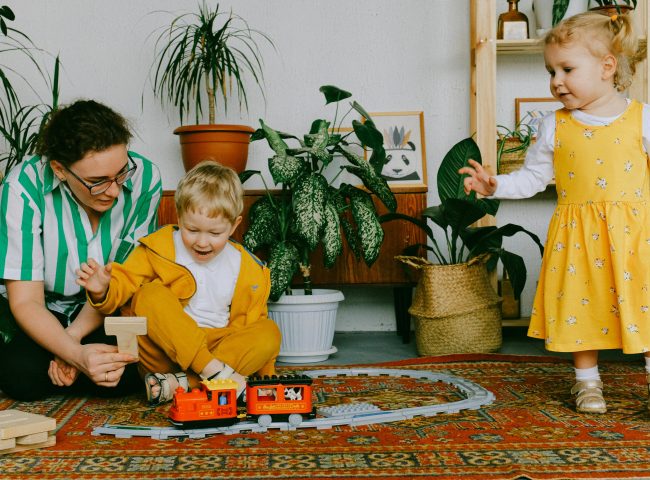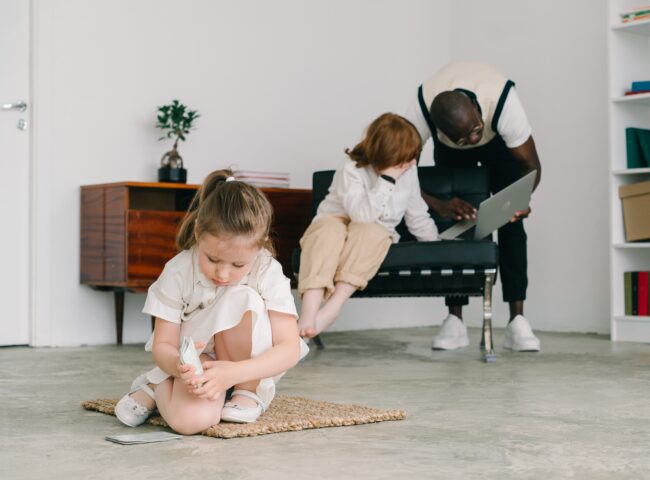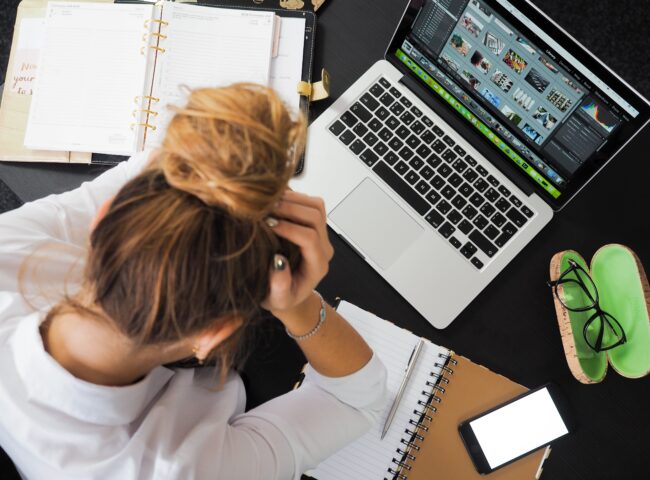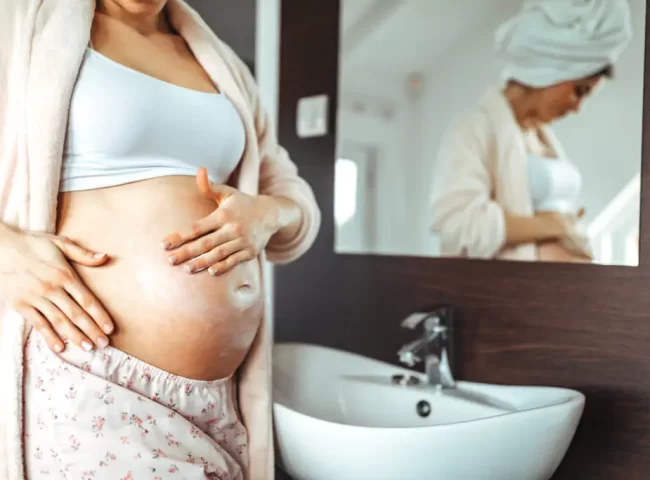To mummas looking to move to a modern solution to sterilizing your baby bottles and feeding utensils: you’re in the right place. Who boils their baby bottles in big pans of steaming water anymore? No one. But let’s admit – that is still a great and friendly option to your pocket. Here is our list of best baby bottle sterilizers in Australia, and how you can pick the right one for you!
Baby bottle sterilizers can sometimes be pricy, but not if you consider all the cool functions they come with. Certainly more flexibility than boiling your utensils and baby containers in a cauldron- and a lot more aesthetically captivating. See our list of baby bottle features to understand why getting a sterilizer might be a great idea for you and your bub.
1.Method of sterilization
There are three types of sterilization methods in the modern world of options.
- Electric bottle sterilization
- Microwave bottle sterilization
- UV bottle sterilization
Electric bottle sterilizers
Electric bottle sterilizers use hot steam at boiling point, to clean every corner of your baby bottle, and remove any living bacteria. These sterilizers are often a quick sanitary option for parents looking for convenience. And this device can sterilizers more than just bottles- it has you sorted for spoons, nipples, and baby bowls too!
- Kills 99.9% of bacteria
- Keeps contents sterile for 24 hours if lid is kept shut
- Takes only 5-10 minutes to sterilise
- May take up kitchen counter space, good to take into consideration if space is limited
- Can sterilise multiple products including nipples, dummies, spoons, etc
UV bottle sterilizers
UV bottle sterilizers use Ultraviolet light to sterilize and dry your baby bottles. They are battery powered unlike the electric option, and are therefore portable! If you’re a parent on the go, and you’re looking to make your little one a travel buddy- this might be for you.
- Kills 99.9% of bacteria
- Doesn’t require any liquids
- Can sterilise multiple products for baby and other products including jewellery, cloth, etc
- Can be quite expensive
Microwave bottle sterilizers
If you’ve used a microwave and a coffee machine in your life- you might just be familiar with how to use this one. All you need to do is pour a small amount of water into the base of the microwave (like refilling a coffee machine) and turn it on (like a microwave). The microwave device by itself cam be quite large depending on the brand, but this is the fastest method out of UV sterilization, electric sterilization, and microwave sterilization.
- Sterilises in as little as 2 minutes and keeps contents sterile for up to 24 hours
- Can be taken out and about with lightweight design
- Can be quite hot to touch when straight out of microwave
- Cleans multiple baby products
2.Size of the sterilizer
Size matters!
If you’re a parent who tends to store a lot of milk, or formula feed, you will need a lot of containers for storage and preparation. Dishwash time is going to be dreadful if you’re this parent. You might also need to sterilize your breast pumps in some cases. So a larger sterilizer would be a good friend to you as your baby grows.
Travel needs
If you’re a family that’s constantly off for holiday, travelling to ends of the earth or looking to start travelling you’re going to need to think twice about getting large equipment for your baby. You might opt for a small microwave sterilizer in this case.
3.Length of sterilization
Duration matters
Sterilizers can take anything from 2 minutes up to a couple of hours. If you’re a parent who is busy juggling all the chores at home, or a single parent, you definitely want sterilizing to be a breeze. Electric sterilizers in general tend to be quicker than UV sterilizers. You should be able to get your hands on an electric one that can clean up in 5 minutes, instead of a UV option that could take hours. Trust me, this is not something you want to keep doing for hours.
4.Space and portability
It should be obvious that electric sterilizers are no great in portability. They’re plugged in, and can be cumbersome to move around. But here are a few options you can consider. There are plenty of smaller UV and microwave sterilizers on the market. Keep your eye on one of them if you’re concerned about how much space you can let it occupy. If you’re still opting for a larger electric sterilizer and you need to travel- know that there are microwave sterilizer bags that you can store bottles and other feeding items on the go. They can also be re-used plenty of times.
We’re now taking a dive down to Australia’s best sterilizers in 2023. Scroll to the end for a tabulated summary.
Haenim Smart UV Baby Steriliser 4th Gen ($529)
- Type: UV
- Effectivity- 99.9% Sterilizing Power
- Drying – Air Drying Needed
- Duration: auto sterilization every 2 hrs
- Storage – Large: can store multiple bottles and other feeding products and breast pumps
- Weight: 5kg (Set only), with box is 7kg
- Size: 29.5cm x 37.5cm x 42.5cm
59S Multipurpose Sterilisation Cabinet ($278.95)
- Type: UV
- Effectivity- 99.9% Sterilizing Power
- Drying – No Air Drying Needed
- Duration – 3 mins
- Storage: only a few bottles at a time
- Weight: –
- Size: –
New Beginnings 2-in-1 Steriliser and Dryer ($180)
- Type: UV
- Effectivity- 99.9% Sterilizing Power
- Drying – No Air Drying Needed
- Duration – 11m (sterilize) 41m (dry)
- Storage: 4 bottles at a time
- Weight: 3kg
- Size: 28x28x24cm (external)
Tommee Tippee Ultra UV 3-in-1 Steriliser ($299)
- Type: UV
- Effectivity- 99.9% Sterilizing Power
- Drying – No Air Drying Needed
- Duration – 30/ 40/ 60m (sterilize) 30m (dry)
- Storage: 6 bottles at a time
- Weight: –
- Size: 25x18x22cm (internal)
And there you have it- our list of things to lookout for as you buy your baby bottle sterilizers in Australia, and a few of our recommendations.
If you’re a new parent looking for baby products, you might also like to see our article on things to consider when buying a baby cot.
